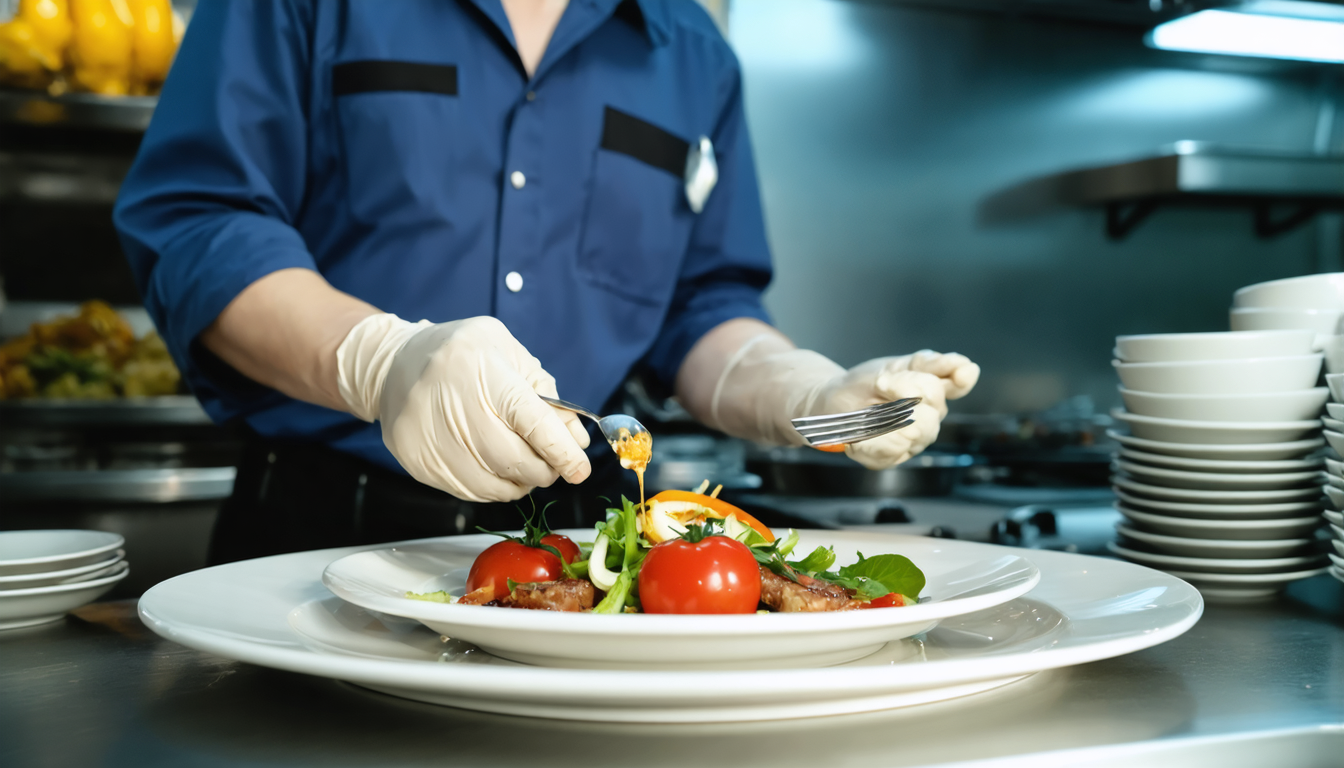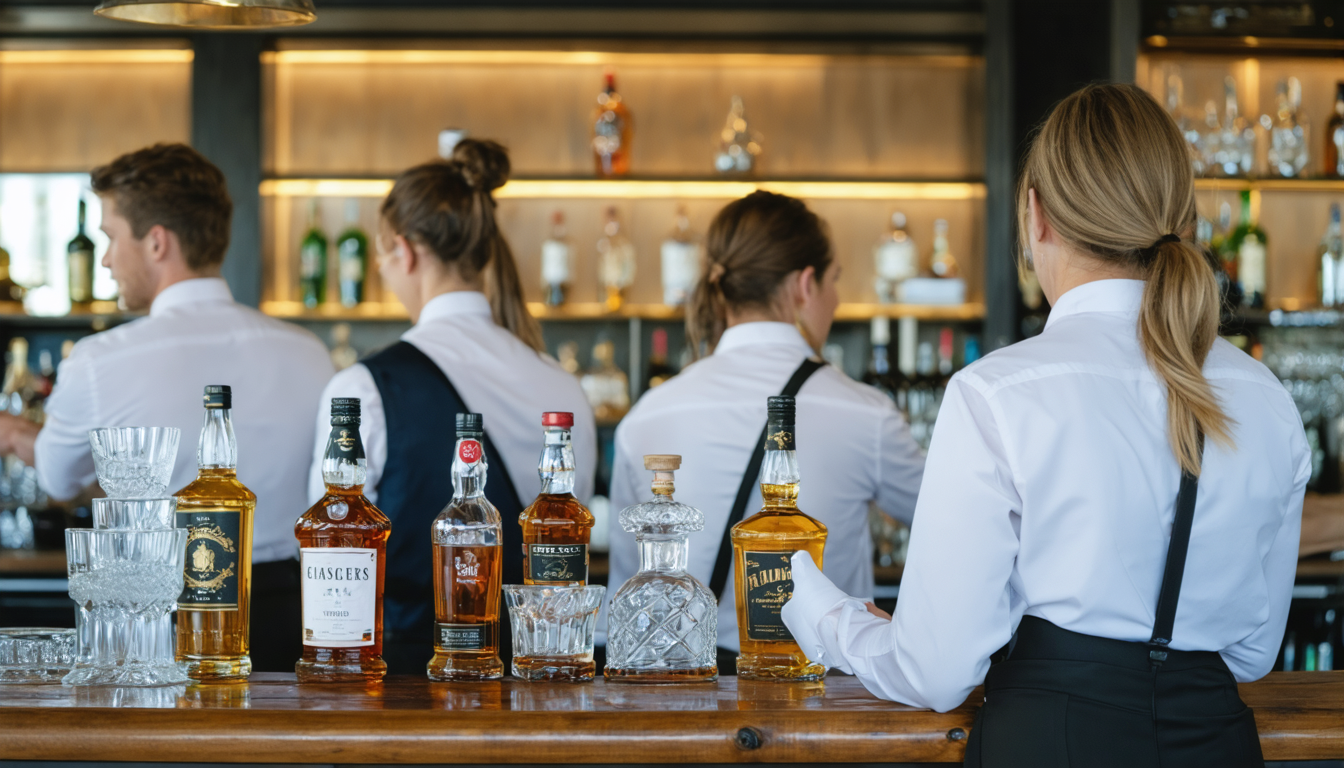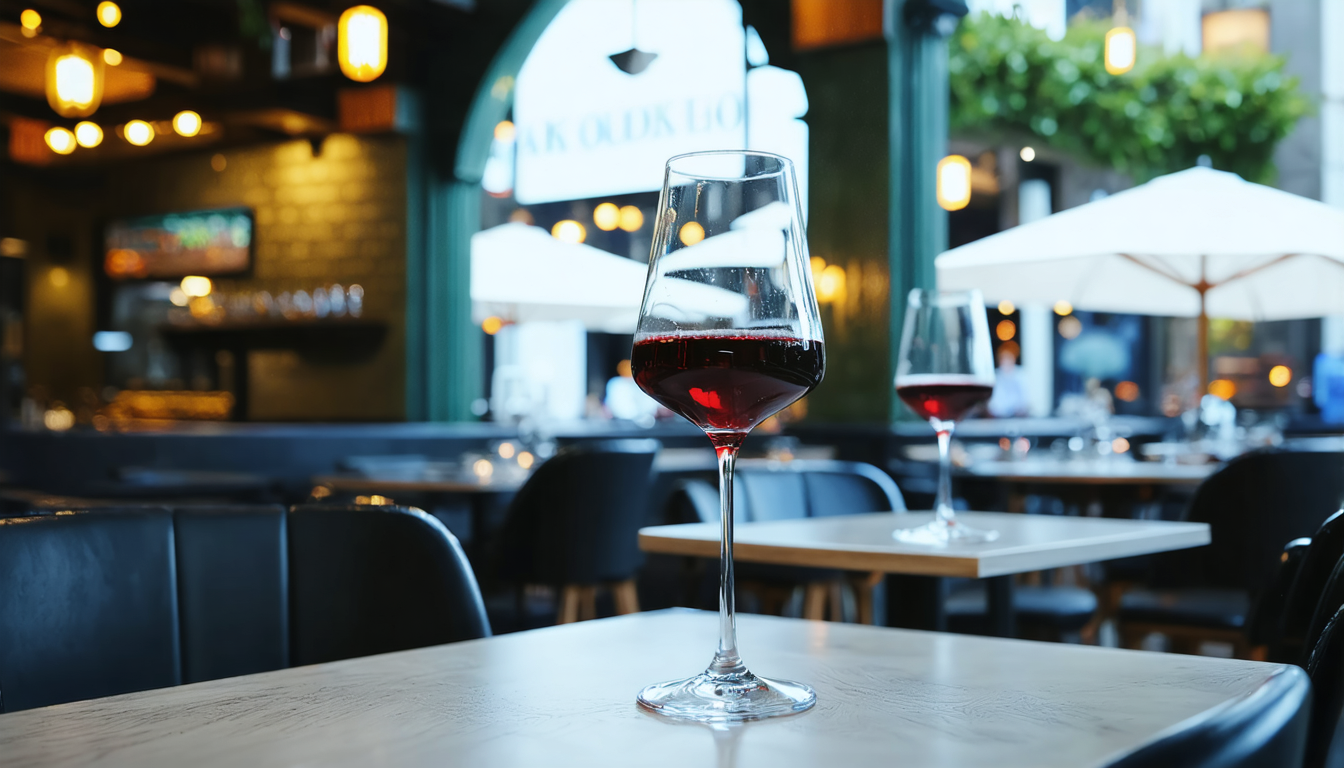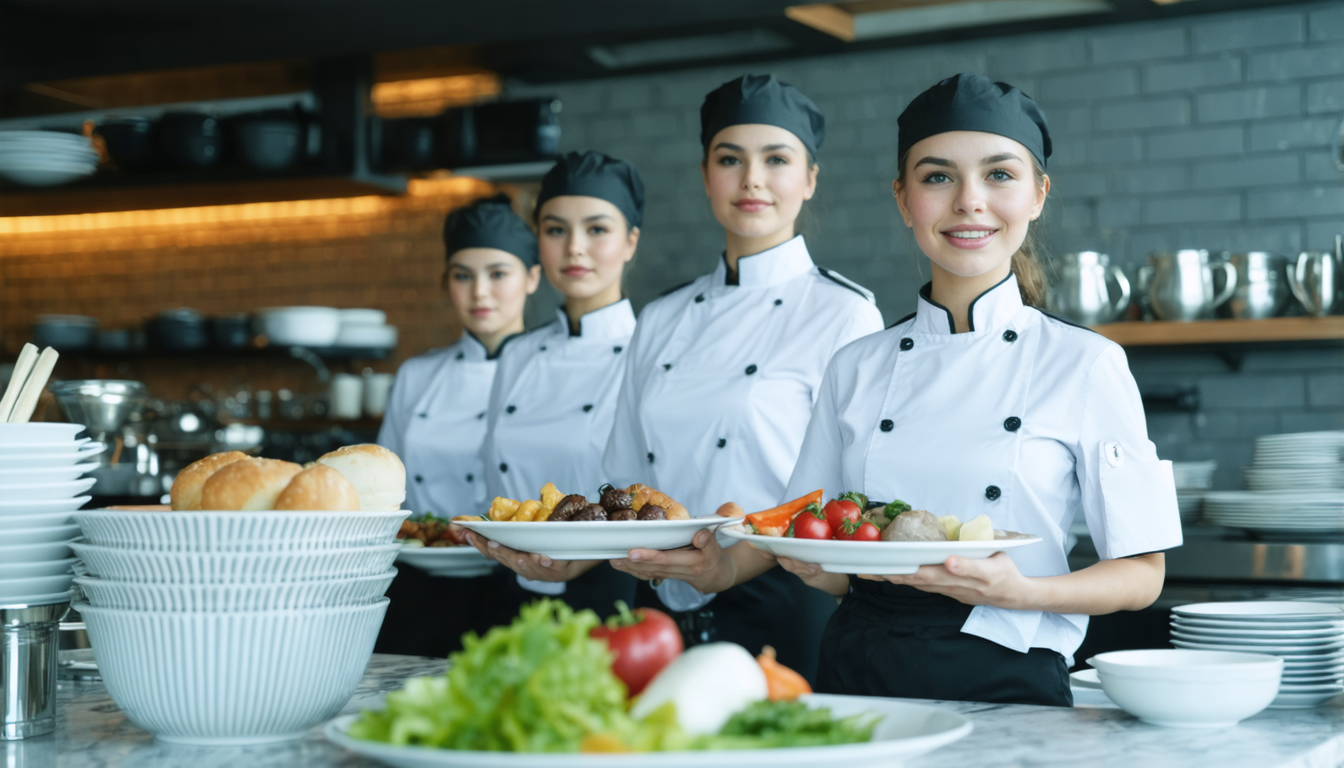- Overview of Liquor Liability in the Restaurant Industry
- Key Legal Considerations for Serving Alcohol
- Identifying Common Alcohol-Related Risks
- Implementing Effective Staff Training Programs
- Best Practices for Customer Management
- The Role of Insurance in Mitigating Risks
- Crisis Management: Handling Alcohol-Related Incidents
- Regulatory Compliance and Local Licensing Requirements
- Strategies for Preventing Overconsumption
- Future Trends in Liquor Liability and Safety Measures
- Conclusion
1. Overview of Liquor Liability in the Restaurant Industry
In today’s competitive dining market, restaurants that serve alcohol face unique challenges and responsibilities. Liquor liability is a critical aspect of operating a hotel or restaurant. It refers to the legal responsibilities that establishment owners and staff assume when serving alcoholic beverages.
Understanding these liabilities is essential to protect your business from costly lawsuits, fines, and potential damage to your reputation. As the restaurant industry continues to evolve, addressing liquor liability proactively will remain an essential part of a successful business plan.

2. Key Legal Considerations for Serving Alcohol
Restaurants must be well-versed in the statutory requirements that govern the sale and service of alcohol. This includes obtaining the proper licenses and permits, which vary by state and locality. Owners should also stay updated on relevant laws related to the minimum age for alcohol consumption, operating hours, and the responsibilities regarding intoxicated patrons.
Legal considerations extend to ensuring that staff members adhere to responsible beverage service standards. By implementing policies that promote compliance with local, state, and federal regulations, restaurant managers can reduce the risk of legal issues and maintain a safe environment for their patrons.
3. Identifying Common Alcohol-Related Risks
Several risks arise when alcohol is served in a restaurant. One of the most common challenges is serving an intoxicated customer who may become violent or involved in an accident outside the establishment. Additionally, there is a risk of property damage, underage drinking, and liability for injuries caused by alcohol-related incidents.
Identifying these risks involves carefully reviewing past incident reports, while also engaging with industry experts who can highlight trends and emerging concerns. With a clear understanding of these risks, restaurant owners can create strategies that minimize liability and protect both their customers and employees.

4. Implementing Effective Staff Training Programs
A well-trained staff is a restaurant’s first line of defense against alcohol-related liabilities. Training should cover the legal obligations tied to serving alcohol, methods of identifying signs of intoxication, and proper procedures when dealing with aggressive or unresponsive customers.
Regular training sessions should be provided to both new hires and existing employees to maintain a high standard of service. Role-playing scenarios can be effective in preparing staff for real-life challenges, while periodic refresher courses help to reinforce the policies and priorities of the establishment. Well-implemented training programs foster a responsible work culture, greatly reducing the risk of incidents that could result in costly lawsuits.
5. Best Practices for Customer Management
Customer management is vital to both ensuring a safe environment and reducing liquor liability. Restaurant staff should be trained to monitor patrons closely without compromising customer service. Setting clear policies about how alcohol is served – such as limiting the number of drinks per order – can help mitigate overconsumption and its associated risks.
A visible commitment to responsible service sends a strong message to customers that the business prioritizes safety and legal compliance. Equally important is understanding when to intervene: managers must be prepared to remove individuals who are overly intoxicated or causing disruptions. Implementing these best practices helps in building a trustworthy brand that is known for responsible alcohol service.

6. The Role of Insurance in Mitigating Risks
Insurance is a critical component of a comprehensive risk management strategy. Liquor liability insurance protects restaurants against claims related to alcohol-induced injuries or property damage. Investing in the right policy can buffer the financial impact of lawsuits and help cover legal fees.
It’s essential to work closely with insurance professionals who understand the unique risks faced by establishments in the hospitality industry. In addition to basic liability coverage, some policies offer specialized protection for incidents involving serving alcohol. A robust insurance plan can give business owners peace of mind, allowing them to focus on improving customer experience while staying compliant with all legal requirements.
7. Crisis Management: Handling Alcohol-Related Incidents
Even with thorough training and strong policies, incidents may still occur. A well-defined crisis management plan is essential for handling alcohol-related emergencies. This plan should include clear procedures for documenting incidents, notifying law enforcement if needed, and providing support to affected parties.
Crisis management also involves effective internal communication, ensuring that all staff members understand their roles during an incident. By developing and regularly updating a crisis management strategy, restaurant owners can act quickly to de-escalate situations and minimize the potential legal repercussions. A proactive approach to crisis management not only safeguards the restaurant’s reputation but also demonstrates a commitment to customer safety.
8. Regulatory Compliance and Local Licensing Requirements
Navigating the complex world of regulatory compliance is another critical aspect of managing liquor liability. Restaurant owners must be diligent in acquiring and renewing the necessary licenses for alcohol service. This process involves understanding the local laws and regulations, regularly attending workshops, and sometimes seeking legal guidance.
Compliance isn’t just about obtaining permits; it also involves adhering to regulations related to health, safety, and employee training. Regular audits and assessments can help identify any weaknesses in your compliance efforts. Staying compliant not only helps avoid costly fines but also contributes to establishing a culture of responsibility and respect within your establishment.
9. Strategies for Preventing Overconsumption
Preventing overconsumption is a cornerstone of reducing liquor liability. Strategies to prevent excessive alcohol intake can range from setting drink limits to offering a variety of non-alcoholic beverages. Restaurants can also implement a “last call” policy to ensure that patrons receive adequate time to finish their drinks responsibly before closing time.
Another useful approach is to design a beverage menu that highlights low-alcohol or alcohol-free options. Promoting water and healthy snacks alongside drinks can encourage patrons to pace their alcohol consumption. Additionally, consider using technology that tracks orders and alerts staff when a customer is nearing their limit. By prioritizing responsible drinking, restaurants can help minimize incidents of overconsumption and reinforce a safe, enjoyable atmosphere for all visitors.

10. Future Trends in Liquor Liability and Safety Measures
The landscape of liquor liability is continuously evolving. Future trends suggest a greater integration of technology in managing alcohol service. For instance, digital systems can monitor patron consumption in real time and provide alerts to staff if someone appears to be overindulging.
The use of data analytics may also offer insights into behavior patterns and help shape future training and modulation practices. As regulatory standards become more stringent, restaurants will likely experience changes in compliance requirements. The industry is also moving towards more sustainable practices, which could influence everything from staff training to menu design.
By staying aware of these future trends and adapting strategies accordingly, restaurant owners can maintain a competitive edge while ensuring that their practices remain safe and legally sound.
11. Conclusion
With an informed approach to liquor liability in the restaurant industry, businesses can protect themselves, their employees, and their customers. From understanding legal responsibilities and regulatory requirements to implementing effective staff training and customer management practices, every step counts.
Investing in proper insurance and being prepared with a robust crisis management plan further fortifies your business against potential liabilities. As market trends evolve and new safety measures emerge, a proactive strategy is essential for navigating the challenges of serving alcohol responsibly.
